It’s no secret that what we put in our bodies has a direct impact on the way we feel.
Eat crap and you’re going to feel like crap. Eat foods that are packed with nutrition and you’re going to feel amazing. Simple, right?
One of the best ways to consume those foods that are nutritionally superior is by eating superfoods.
Considered foods that are believed to be nutritionally dense, superfoods can help you supercharge your own personal level of health and wellness.
In the context of supercharging your health, superfoods remind us a lot of CBD.
Could CBD be superfood? What about cannabis in general? Should the cannabis plant be considered a superfood?
Possibly.
Here we’ll take a deeper look at superfoods to gain a better understanding of exactly what makes some foods nutritionally superior to others.
We’ll also take a deeper look at CBD and the cannabis plant in general to see if they’ve got what it takes to be considered superfoods.
What are Superfoods?
Superfoods are those foods that have a superior nutritional profile.
Some of the most popular superfoods include spinach, kale, blueberries, and acai.
Here’s the thing, though. There’s much more to superfoods than being “healthier” than other foods.
Superfoods, you see, contain some serious benefits.
They’re known to prevent disease, help you achieve an optimal state of health, contain anti-aging benefits, and significantly improve the way you feel.
While there isn’t a set criteria for superfoods, they’re considered the foods that are packed full of the nutrients your body needs to thrive.
What are some of the most popular superfoods? Check it out.
7 of the Most Popular Superfoods (and Their Benefits)
1. Acai Berries
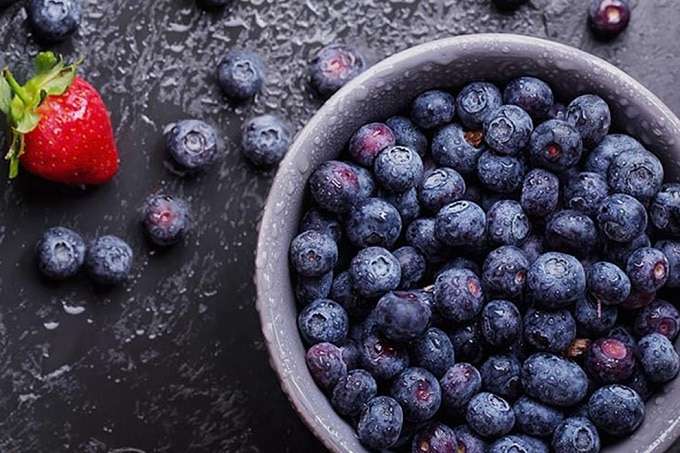
Acai berries have been on the list of superfoods for years. Native to the Amazon, these berries are considered a Brazilian “superfruit.”
Acai berries are rich in antioxidants, which help neutralize free-radical damage that can lead to disease.
Research indicates they may lower, could have an anti-cancer effect, and might enhance brain function by counteracting inflammation and oxidation to brain cells.
2. Almonds
Did you know that almonds are one of the most nutrient-dense nuts that exist?
They’re full of a bunch of nutrients your body needs including fiber, protein, vitamin E, healthy fat, manganese, and magnesium.
They’re also full of antioxidants, which can help reduce oxidative stress, may help lower blood pressure, can help lower cholesterol, and could be effective for weight loss.
3. Avocado
The avocado fruit is another extremely nutrient dense food that contains nearly 20 vitamins and minerals.
They’re packed with healthy fats, contain high amounts of vitamin K (which is great for maintaining healthy bones), could inhibit the growth of cancerous and precancerous cells, improve digestion, lower the risk of depression, act as an antimicrobial, and more.
4. Blueberries
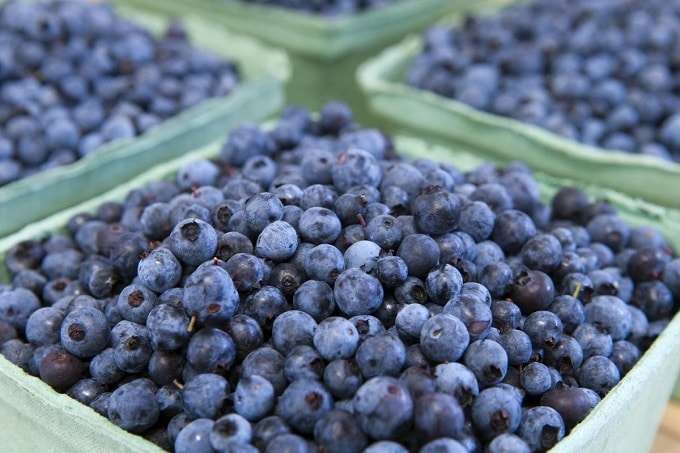
Available almost everywhere, blueberries are an easily accessible superfood packed with antioxidants, significant amounts of vitamins C and K, and are full of manganese.
It’s believed blueberries could lower blood pressure, could improve memory, reduce DNA damage, reduce muscle damage after exercise, and more.
5. Dark Leafy Greens
Spinach, kale, and other dark leafy greens (think swiss chard and collard greens) are considered superfood power sources.
They’re an awesome source of folate, fiber, zinc, iron, and vitamin C and could help lower the risk of chronic illness and disease.
Dark leafy greens are known to be great for heart health and could help prevent some types of cancer.
6. Spirulina
Spirulina is a blue-green algae that is thought to be one of the most nutritious superfoods in the entire world.
Not only does it contain all the essential fatty acids your body requires, but is packed with antioxidants, vitamins, and minerals.
And gram for gram, it even contains more protein than beef.
Spirulina contains anti-cancer benefits, could help lower blood pressure, and might help reduce the risk of cardiovascular disease.
7. Sweet Potato
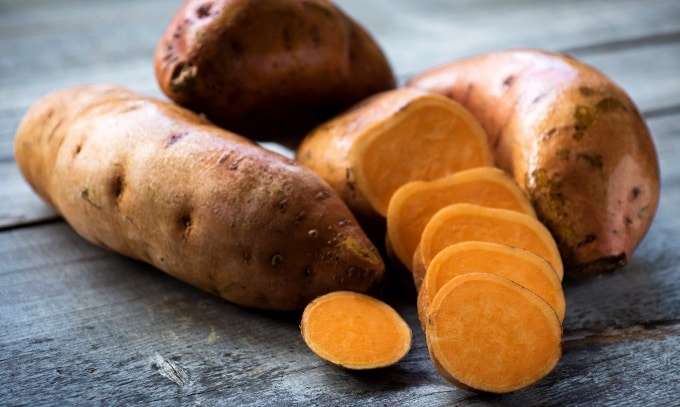
Sweet potatoes are loaded with nutrition.
They’re high in vitamin C and packed full of vitamin A (one cup of cooked sweet potatoes contains 769% DV).
They also contain ample amounts of beta-carotene, manganese, magnesium, and calcium.
Sweet potatoes may help improve vision, help fight inflammation, lower cholesterol, could reduce the risk of cancer, and fight inflammation.
Superfoods, as you can see, are exactly what you want to eat if you’re interested in being the healthiest you can be.
And these are just a few of the many superfoods that exist.
For anyone interested in taking their health more seriously, incorporating superfoods into your diet every day is an excellent way to kick start your health.
And these days, countless individuals are taking their health more seriously…and they’re looking towards natural options that can help them achieve their best life.
One way they’re doing so? With CBD.
Could CBD be considered a superfood?
Let’s take a deeper look.
Is CBD a Superfood?
CBD (or cannabidiol) has made a serious impact on the health and wellness industry.
In case you missed it, the non-psychoactive cannabinoid is everywhere and doesn’t show any signs of slowing down anytime soon.
The CBD market is even projected by the Brightfield Group to hit $22 billion by 2022, historically making it one of the largest natural supplements to ever hit the health scene.
Is CBD a superfood, though?
CBD does work in harmony with the endocannabinoid system to provide homeostasis, ultimately bringing balance to both our physical and psychological health.
CBD has become so popular because it’s shown to be beneficial for pretty much every health condition under the sun.
It’s commonly used to help with conditions such as epilepsy, cancer, anxiety, pain relief, inflammation, depression, sleep problems, and more.
While research into CBD is still in its infancy stages, there are hundreds of studies that highlight its many proven benefits.
Considering just how advantageous CBD really is in helping individuals realize optimal levels of health and wellness, it would seem a bit crazy not to consider it a superfood.
CBD is derived from cannabis, after all. A plant some contend is a superfood itself.
Is it? Let’s take a deeper look.
Is Cannabis a Superfood?
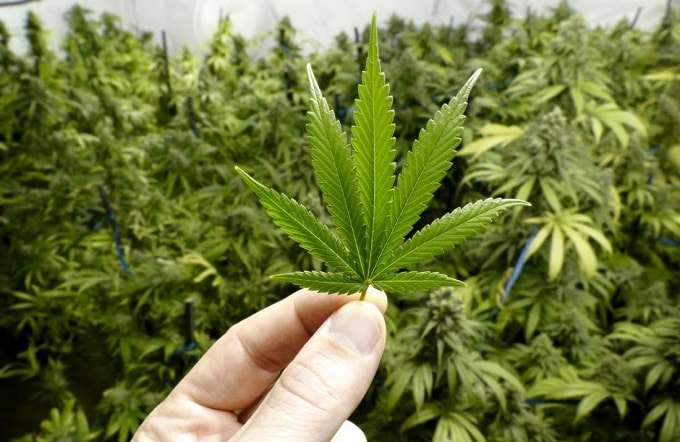
Cannabis is one of the world’s oldest cultivated crops and has been consumed by humans for centuries.
It’s been suggested that in early history, both cannabis flowers and preparations we’re probably eaten for their nutritional and medical benefits.
Like superfoods, raw cannabis (think the leaves and flowers of the fresh plant) is full of nutritional benefits.
Following are some of the compounds that make cannabis one of the healthiest plants there is.
Cannabinoid Acids
There are several cannabinoid acids found in raw cannabis.
Cannabinoid acids are the acidic state of cannabinoids such as THC and CBD that are naturally occurring before they’re heated.
THC would be THCA (tetrahydrocannabinolic acid), while CBD would be CBDA (cannabidiolic acid).
Considering there are over 100 cannabinoids present in cannabis, there are several acidic compounds that are present in raw cannabis.
According to Dr. William Courtney, a raw cannabis specialist,
“If you don’t heat marijuana, you can go up to five or six hundred milligrams and use the plant strictly as a dietary supplement by upping the anti-oxidant and neuro-protective levels which come into play at hundreds of milligrams of CBDA and THCA.
It is this dramatic increase in dose from 10 mg of psychoactive THC to the 500 mg – 1,000 mg of non-psychoactive THCA, CBDA, and CBGA that comprises the primary difference between traditional medical marijuana treatments and using cannabis as a dietary supplement.”
The antioxidant and neuroprotective properties of which Courtney speaks are scientifically proven and have been patented by the US Department of Health and Human Services.
Nutrient Profile
According to Americans for Safe Access, a medical marijuana activist group, there are over 400 “identifiable chemical constituents known to exist in cannabis.”
Aside from over 100 cannabinoids, cannabis is said to contain the following nutritional profile:
- Amino acids
- Nitrogenous compounds
- Enzymes
- Proteins
- Glycoproteins
- Ketones
- Fatty acids
- Lactones
- Phenols
- Vitamin A
- Hydrocarbons
- Fiber
This unique blend of macro and micro nutrients lends to the suggestion that cannabis could indeed be considered a superfood.
Terpenes
Terpenes are another major constitute of the cannabis plant.
Terpenes are the aromatic molecules present in cannabis that lend to its aroma and flavor.
It’s estimated that cannabis can contain over 200 various terpenes…some of which are known to have some extremely significant health benefits.
A few common terpenes found in cannabis include:
- Myrcene: Alleviates pain and inflammation
- Pinene: Potent antimicrobial properties
- Limonene: Heals the digestive tract
- Humulene: Anti-cancer properties
- Linalool: Stress and anxiety reduction
What About Hemp?
Let’s also not forget the health benefits of the hemp plant itself, namely hemp seeds and hemp seed oil.
As the name suggests, hemp seed oil is made from the hemp seed.
The seed is cold pressed, very similar to the extraction process of olive oil.
The result?
A nutrient-rich oil that could very well be classified as a superfood.
The nutritional benefits of hemp seeds are huge.
They contain over 30 percent oil and around 25 percent protein.
They are also rich in dietary fiber, vitamins, and minerals. Hemp seed oil contains over 80 percent polyunsaturated fat, with an optimal nutritional balance of omega-3 and omega-6 essential fatty acids.
Hemp seed oil also contains significant amounts of gamma-linolenic acid stearidonic acid, both of which are associated with a variety of health benefits.
Like other “superfood” seeds (think chia and flaxseeds), hemp is abundant in protein.
The two principle proteins in hemp are albumin and edestin, both of which are considered high-quality proteins that are easily digested with nutritionally substantial amounts of all essential amino acids.
The truly amazing nutritional profile of hemp seeds and hemp seed oil, abundant in protein, essential fatty acids, healthy fats, vitamin E, magnesium, calcium, iron, zinc, phosphorus, sodium, and potassium), has superfood written all over it.
When it comes to health benefits, the nutrients found in hemp seeds and hemp seed oil have shown to be beneficial for reducing inflammation, helping with skin disorders such as eczema and psorasis, reducing blood pressure, aiding in digestion, relieving symptoms of menstrual camps and PMS, regulating hormone imbalance, and more.
Sounds suspiciously like a superfood to us…which is exactly why we consume hemp seed oil every day.
Despite the fact that hemp seeds and hemp seed oil don’t contain the cannabinoids, terpenes, and other amazing properties of CBD and cannabis, they contain an awesome nutritional profile and should be taken seriously by anyone looking to optimize their health.
Are CBD and Cannabis Superfoods?
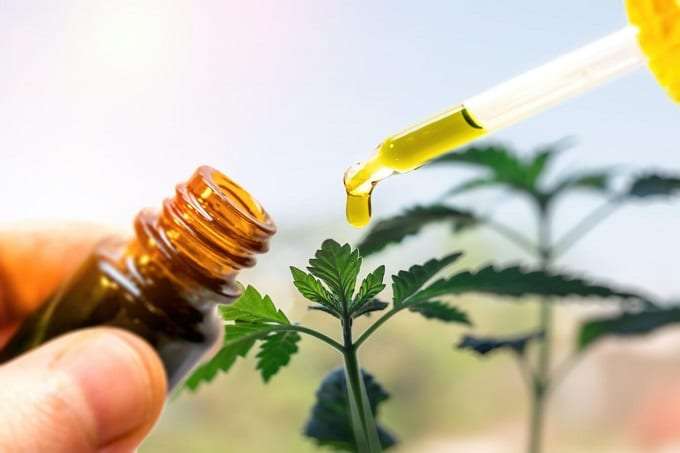
Seeing just how beneficial cannabis can be for health, it seems that it could definitely be considered a superfood.
In fact, juicing raw cannabis contains several unprecedented health benefits (click here to read more).
Could a diet of nutrient-dense superfoods, CBD, and raw cannabis be a combination that could take your health to another level?
It might.
Is CBD a superfood?
Seeing the countless therapeutic benefits CBD contains, it’s something to take into consideration.
It’s also derived from cannabis, which (as we just learned) contains superfood properties all its own.
While CBD and cannabis aren’t “officially” on the list of superfoods, with more research it could be only a matter of time.
What are your thoughts? Do you consider cannabis a superfood? CBD?
Drop us a little about what you think in the comments below.




